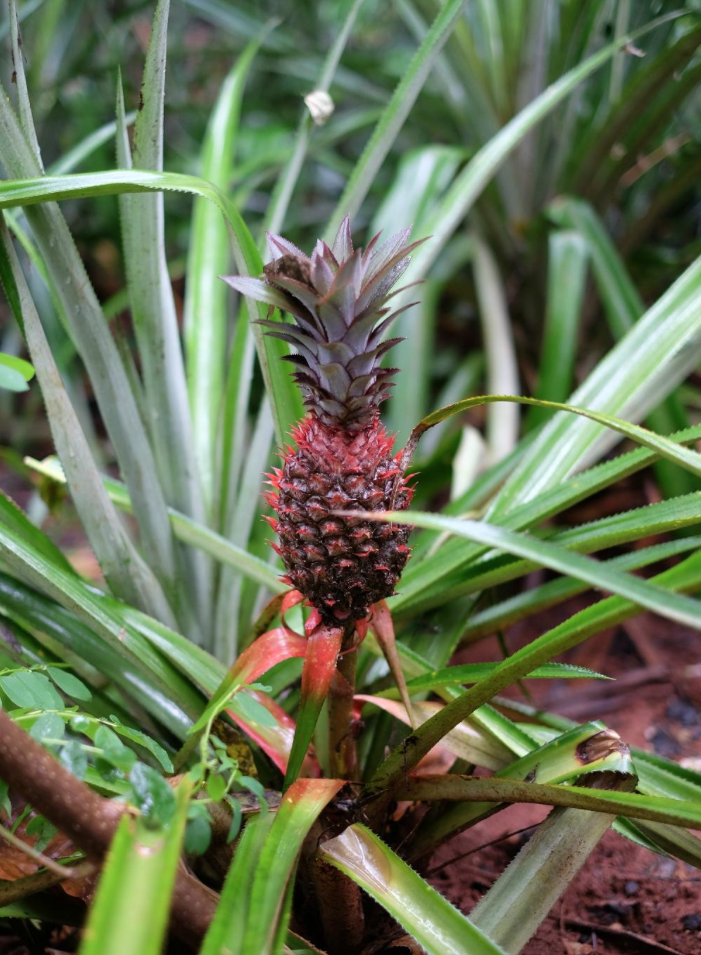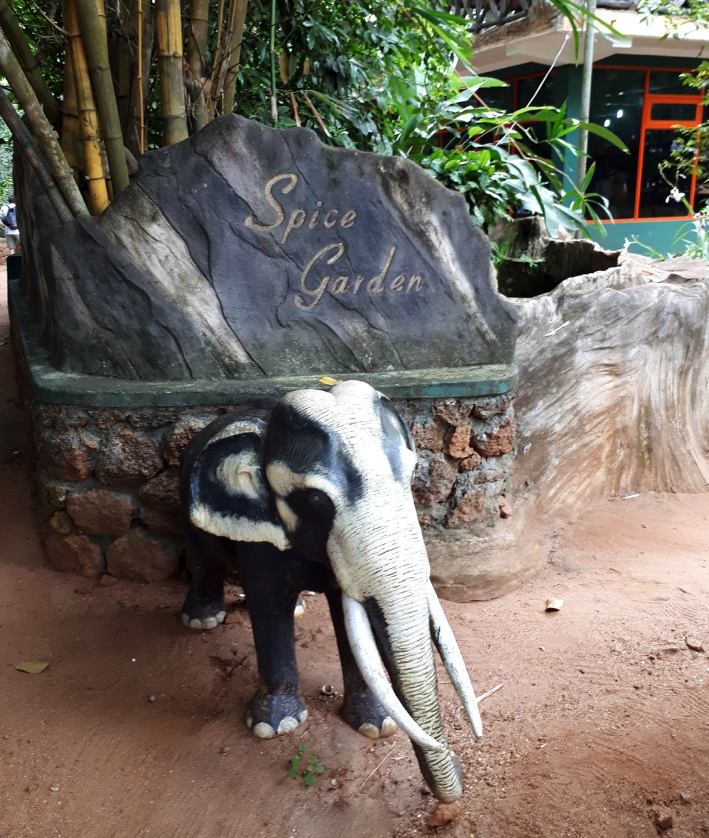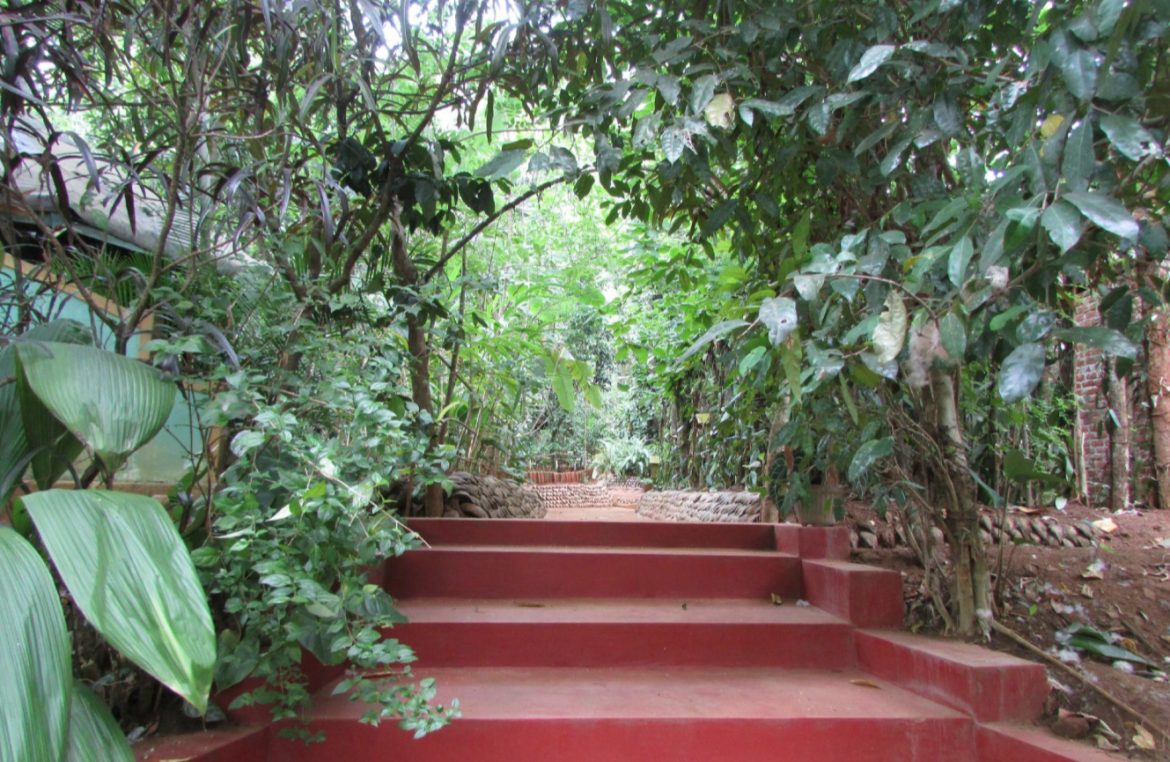Finding Herbal Remedies and More: A Visit to Sri Lankan Spice Garden.
In natural foods and health, products with pure and simple ingredients are hailed as superior. As a consumer, it’s something we aspire to achieve; being closer to nature with the products we choose to put in our bodies.
In Sri Lanka, the use of plans for medicinal and herbal remedies is an age-old tradition. Mixing the Eastern medicine with Indian Ayurvedic techniques, the local flora has provided a wealth of treatments since early civilization. One’s visit to Sri Lanka is never complete without a tour of one of the many spice gardens. Look for ones that are government sanctioned, with no entry fees. Still, be cautious about price gauging as tourism drives the local economy and the country is still recovering from a devastating civil war and most of the population is very poor. I had the opportunity to visit a spice garden in the Central Province, not far from Sigiriya. After a cup of tea, you’re greeted by a very well informed guide with expert knowledge on plants and herbs. He takes visitors from plant to plant to explain the uses and benefits.
At first, it’s impossible not to notice the incredible scents of cinnamons, pepper, cardamom, and nutmeg. As you walk around, it’s fun to see these common household items in their unrecognizable original form.
Some plants are used for beautification of the skin and hair, and there is no shortage of natural ingredients that can be used for that purpose. Sandalwood is a dense local wood that is government protected. The oil from the wood is known for its skin-rejuvenating qualities. Saffron, grown on the site is used as an under eye cream to alleviate dark circles.
On the medicinal side, it’s also extremely interesting to hear the local expert’s take on treatments for common occurring ailments like inflammation, aches, and pains, stomach irritation, and the list goes on. One expert insisted that pouring a teaspoon of his concoction on the top of your head will prevent migraines. Then there were plants that I’ve never seen, like red pineapple, which is touted to have properties that reverse obesity. Following the tour, visitors are offered a free ayurvedic consultation and an aromatic massage, and then an opportunity to shop in the herbal pharmacy.
Whether or not each of these claims is true, for thousands of years this part of the world used eastern medicine exclusively refining the treatments into a science of its own. That knowledge has had — and continues to have — huge influences in western medicine. The spice gardens stand as a reminder that we should always look to nature first and admire all of the tremendous gifts it has to offer for our bodies and our senses.

Tips to Safely Visit and Pleasant Visit a Sri Lankan Spice Garden:
Make it official: Aim for government sanctioned spice garden experiences, generally there are no entrance fees.Verify authenticity: Before shopping, ask where the the product was made and from what plants. If there is only one sandalwood plant and there are 50 jars of sandalwood oil, it’s likely brought in from elsewhereSample, sample, sample: Don’t buy anything without sampling the product first to make sure it’s authenticPrice compare: Always google comparable prices for the same organic ingredients at home or as listed by a US retailer. You may decide to spend more for a particular product for the local experience, which will benefit the garden and its guides, but at least do so deliberately.Online research: it doesn’t hurt to check out TripAdvisor to see if the place has good reviews.Avoid complications: It goes without saying, take all medical advice with a grain of salt, and confirm with your local doctor before adding a supplement to your routine

 Food
Food Farmers
Farmers Sustainable Living
Sustainable Living Living Planet
Living Planet News
News